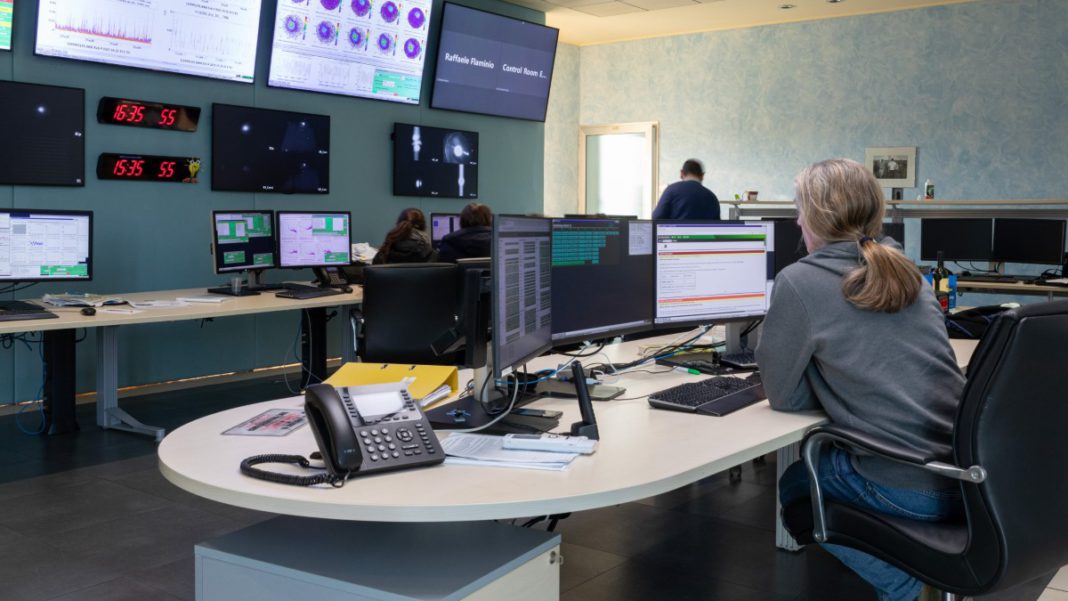UNITED STATES: In a quest to unravel the mysteries of the universe, researchers at the Laser Interferometer Gravitational-Wave Observatory (LIGO) have embarked on Observation Run 4 (O4), a groundbreaking endeavour that aims to revolutionise the detection of gravitational waves.
With upgraded detectors, astronomers anticipate that O4 will make the sighting of these ripples in the fabric of space-time a regular occurrence, expanding our understanding of the cosmos.
Nearly seven years have passed since LIGO scientists first announced the groundbreaking discovery of gravitational waves. Since then, the list of gravitational wave candidates has grown to nearly 100, showcasing the potential for further exploration and discovery.
The acceleration of massive objects, such as two black holes spiralling towards a cataclysmic merger, generates gravitational waves. O4 marks the beginning of a new chapter for the LIGO-Virgo-KAGRA (LVK) Collaboration.
This multinational effort combines four detectors across three continents: LIGO’s two detectors in Livingston, Louisiana, and Hanford, Washington; Virgo in Europe, located southeast of Pisa, Italy; and KAGRA, situated beneath the mountains of central Japan.
While LIGO’s detectors are fully operational, Virgo is currently under repair to fix a damaged mirror and will remain deactivated for an uncertain period.
KAGRA, on the other hand, will observe for a month before going offline again, with plans to resume operations in late 2024. The significance of having multiple detectors lies in their ability to triangulate the source of gravitational waves.
A single detector cannot accurately determine the direction from which the waves originate. With all four detectors working in unison, astronomers can pinpoint the source to just a few square degrees of the sky.
However, even with two detectors, scientists can still make significant progress. The upgraded sensitivity of the detectors allows them to detect weaker or more distant gravitational waves, increasing the number of events they can observe. One of the primary goals of O4 is to answer the question of where the black holes detected by LIGO tend to form.
Are they born within galaxies, in globular clusters, or in dwarf galaxies? Or do they have a primordial origin, dating back to the birth of the universe? Scientists require a substantial dataset, which they can obtain by capturing several events to find answers.
Salvatore Vitale, an astrophysicist at the Massachusetts Institute of Technology (MIT), expressed optimism about the possibilities of O4.
He expects the observation run to yield more frequent detections, moving from one neutron star every few months and one binary black hole every week or ten days to a binary black hole every day or two and a neutron star every week.
The current plan for LVK is for O4 to continue for 18 months, until 2025. After that, the detectors will undergo upgrades and engineering work while preparing for a fifth, longer observing run scheduled for around 2027.
As O4 unfolds, scientists anticipate that the upgraded detectors will unlock a wealth of scientific knowledge, pushing the boundaries of our understanding of the cosmos.
By observing and studying gravitational waves, researchers can delve deeper into the origins and behaviour of massive objects, uncovering the universe’s secrets.
Also Read: 10 Best Parallel Universe Movies and a Deeper Delve into the Genre



